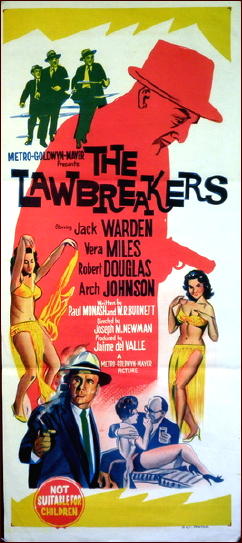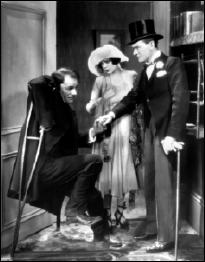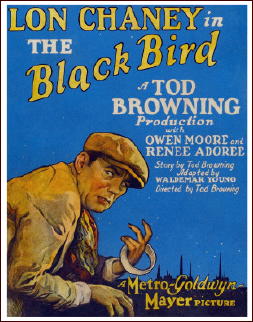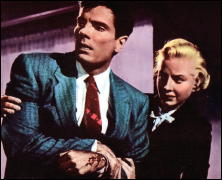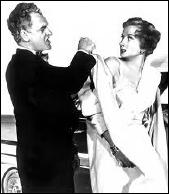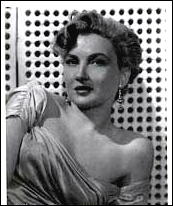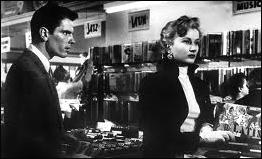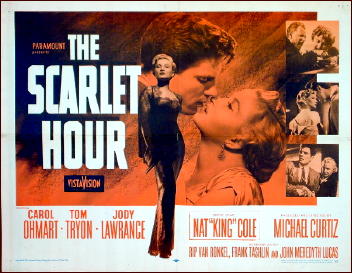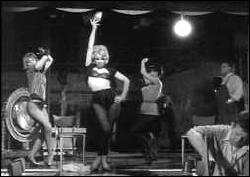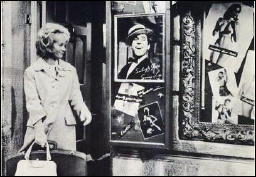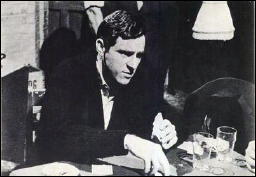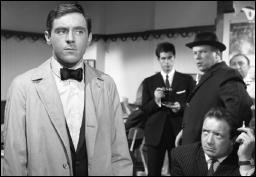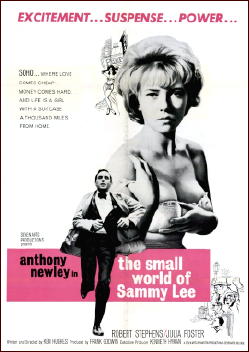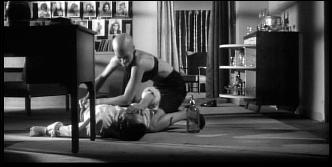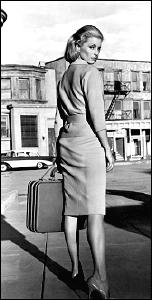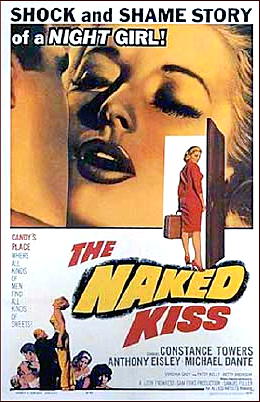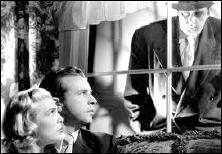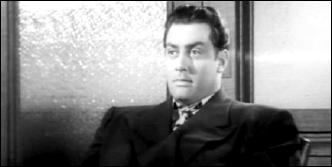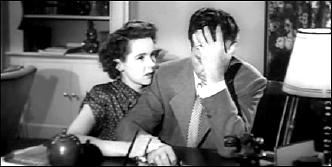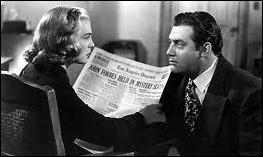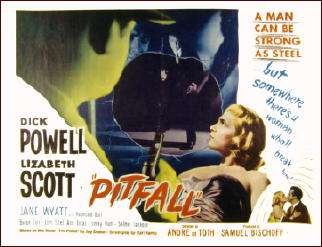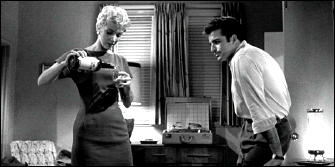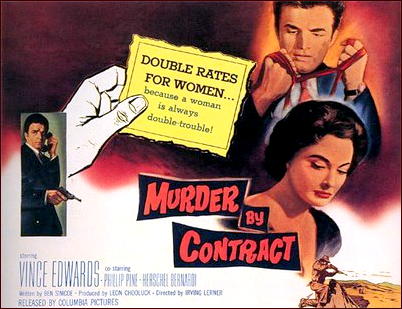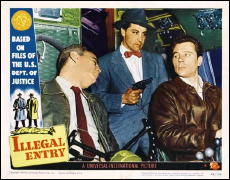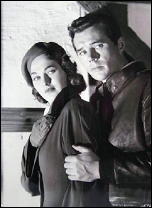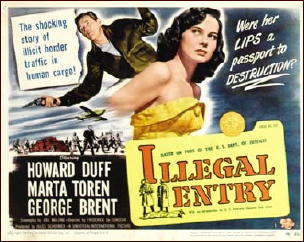Tue 10 Apr 2012
Movie Review: THE LAWBREAKERS (1961).
Posted by Steve under Crime Films , Reviews , TV mysteries[18] Comments
THE LAWBREAKERS. MGM, 1961. Jack Warden, Vera Miles, Ken Lynch, Arch Johnson, Robert H. Harris, Robert Douglas, Jay Adler, Robert Bailey. Theme & background music: Duke Ellington. Screenwriters: Paul Monash & W.R. Burnett. Director: Joseph M. Newman.

Among several other sources, IMDB says that this film was cobbled together from two episodes of The Asphalt Jungle, a tough, hardboiled crime series shown on ABC in 1961 as a summer fill-in. Combing through the list of episodes and their descriptions, however, the only matchup that fits is that of a single episode, “The Lady and the Lawyer,†the second in the series (9 April 1961).
Some material may have come from the previous episode, to help establish the characters, but there’s only one real story line, that of a big name attorney who works for the local syndicate on the side. He also has money problems. Trying to support a wife and family as well as a mistress (Vera Miles) extends his resources too far – the lady has expensive tastes – and when desperation sets in, well, that’s where the story begins.
Jack Warden plays the guy on the other side, a cop, and an honest one. Promoted to Commissioner when his predecessor can’t stand the heat, he proves to be formidable force against crime. He succeeds easily enough in this film, but I’ll have to come up with the rest of the series on DVD before I can tell you how he fares from here on out.
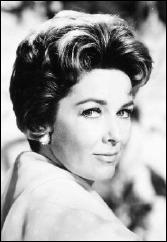
As a femme fatale, Vera Miles is beautiful and alluring enough, but (to my mind) rather too icy cold to compare with the more sultry ladies who often appeared in the noir films of the 50s and 60s – more of a Grace Kelly type than an Audrey Totter or Marie Windsor. Not that she’s a pushover, by any means, not at all. You have to keep a close eye on women like this.
There are several killings in the movie, served well by the black-and-white camera work, with one of the dead men being that of Bob Bailey’s character, the latter being one of the better players of Johnny Dollar on Old-Time Radio – he had one of the toughest voices to ever come from a man so slim. His part in The Lawbreakers may have been his longest roles in the movies, even though (sad to say) his character’s part ends so quickly.
Overall, then, even though concocted somehow from a TV series, the film works well as a film, especially if you like your movies hardboiled and tough, which this movie is, except when Jack Warden breaks down a delivers a sort of sappy soliloquy to the press in a plea for some cooperation. He meant well, but I wish he hadn’t done it.
Note: For more about The Lawbreakers, check out Mike Grost’s website, and the usual detailed analysis he does of all the movies he covers.
